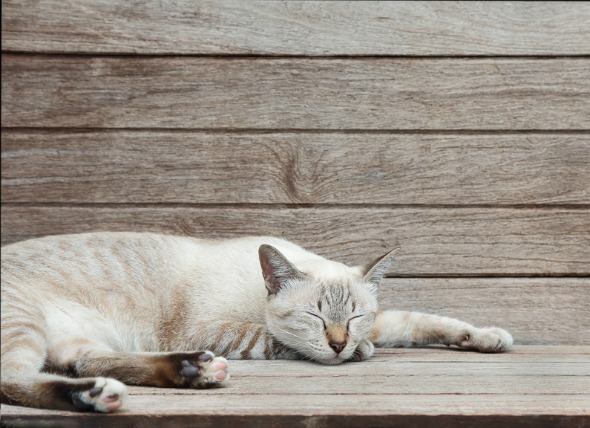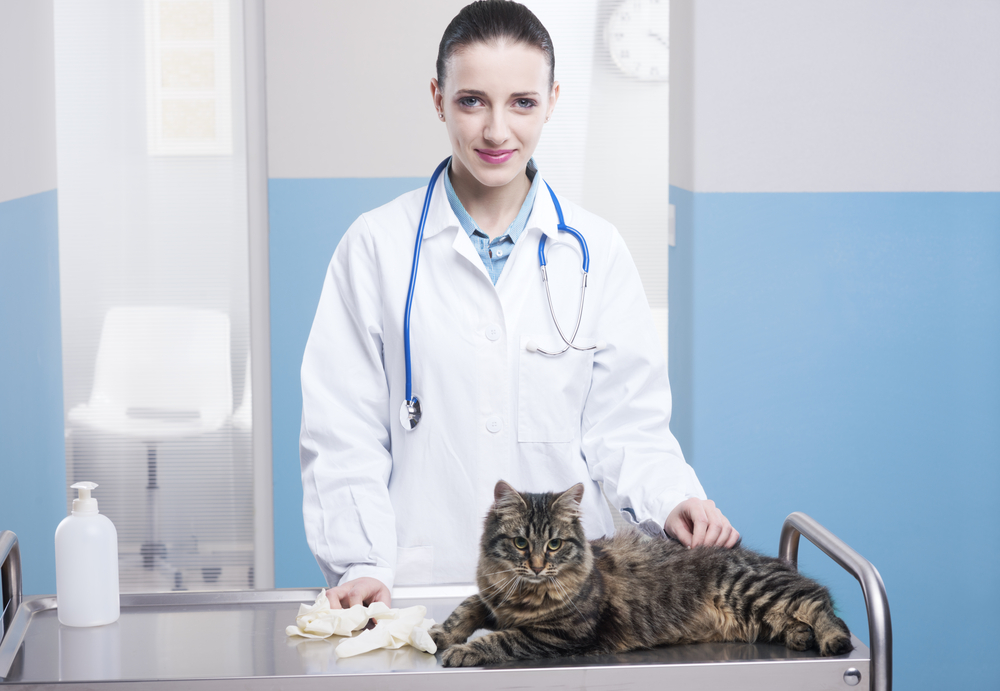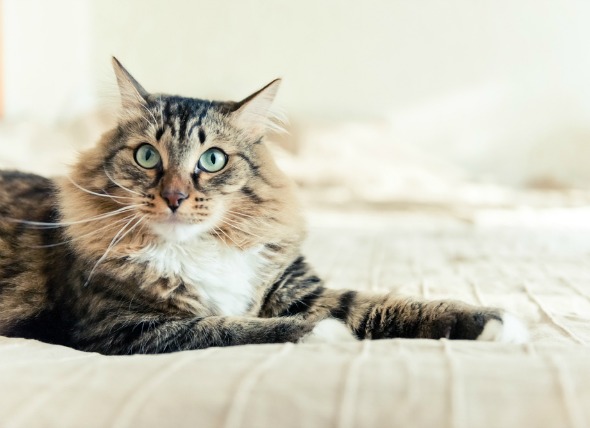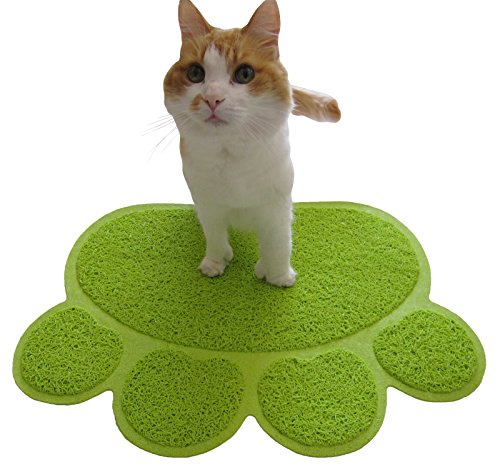
Atrioventricular valve dysplasia (AVD) is a condition in which the mitral or tricuspid valves are malformed. This condition can result in the valves not closing sufficiently to stop blood flow when it supposed to, or to blood outflow obstruction due to a narrowing of the valves. The result of the malformation will depend on the size and location of the anatomic abnormality that is present.
Valvular insufficiency causes the atrium on the same side as the affected valve (right or left) to be dilated and the ventricle to enlarge. Over time, this chronic volume overload raises atrial pressures and causes blood to build up in the lungs (if the mitral valve is malformed) or pool in the body (if the tricuspid valve is malformed). The opposite malformation, valvular stenosis, a narrowing of the valve, causes atrial dilation along with shrinkage of the ventricle on that same side.
Abnormality in the mitral valve, for example, affects blood flow to the lungs because it located on the left side of the heart, while the tricuspid valve, found on the right side of the heart, affects blood flow to the rest of the body.
Mitral valve dysplasia is commonly seen in cats, particularly the Siamese breed. AVD, of either type, is perhaps the most common congenital heart defect of cats, and is also common in cats with hypertrophic cardiomyopathy (a heart disease seen in cats with a thyroid tumor). In addition, male animals are more likely to develop heart failure as a result of this condition. Congenital valvular defects are most often diagnosed in an animal’s first few years of life.
Tricuspid valve dysplasia
Mitral valve dysplasia
You will need to give a thorough history of your cat's health and onset of symptoms, including any information you have on your cat's family line, as this is often genetic. A complete blood profile will be conducted, including a chemical blood profile, a complete blood count, and a urinalysis. The results of these tests typically return normal levels. Based on the apparent symptoms and the results of the initial physical exam, your veterinarian should be able to narrow the cause down to which type of heart valve disease is present. This will need to be confirmed with further testing.
For diagnostic purposes, your veterinarian will need to view your cat's heart using imaging tools. X-rays can help your veterinarian to determine if there is enlargement of the valves or atrium on either side of the heart, and echocardiography will show atrial dilation, and possibly abnormal flow of the blood through the heart, in the case of tricuspid valve dysplasia. Electrocardiograph readings can also help your doctor to determine if the heart's electrical functioning is being affected. An abnormal rhythm, and the exact measurement of the abnormality can be a great help in determining which side of the heart is most affected.
If your cat is suffering from congestive heart failure (CHF), depending on how severe the disease is, it will to be hospitalized for intensive care. There are medications available, but this often depends on exactly which heart valve disease your cat has. Diuretics may be used to reduce fluid retention, and vasodilators can be used to dilate the blood vessels, and an antiarrhythmic drug, such as digoxin, may be used to control the heart rate.
The long-term prognosis for atrioventricular valve dysplasia is guarded to poor, depending on the severity of the condition.
Your cat will need to be rechecked about every three months to see if there are continuing signs of chronic heart failure and to adjust the treatment accordingly. Chest X-rays, an EKG (electrocardiogram – to measure the electrical activity of the heart) and echocardiography will very likely be performed at the follow-up appointments.
Your veterinarian will discuss precautions and home treatment with you, but generally, cats that are diagnosed with AVD need to be restricted to a low-salt diet and exercise should be restricted.
Because this is a genetically based disease, if your cat is diagnosed with it, your veterinarian will strongly advise against breeding your cat. Spaying or neutering is indicated.
 Roundworms in Cats
Ascariasis in Cats
Ascariasis is a disease caused
Roundworms in Cats
Ascariasis in Cats
Ascariasis is a disease caused
 Liver Cancer (Hepatocellular Carcinoma) in Cats
Hepatocellular Carcinoma in Cats
Hepatocellular c
Liver Cancer (Hepatocellular Carcinoma) in Cats
Hepatocellular Carcinoma in Cats
Hepatocellular c
 High Blood Pressure in Cats
Systemic Hypertension in Cats
Hypertension
High Blood Pressure in Cats
Systemic Hypertension in Cats
Hypertension
 What Are the Most Common Cat Illnesses?
Cats are very self-sufficien
What Are the Most Common Cat Illnesses?
Cats are very self-sufficien
 Raising Kittens: The Importance Of Play
So, youre thinking of adopti
Raising Kittens: The Importance Of Play
So, youre thinking of adopti
Copyright © 2005-2016 Pet Information All Rights Reserved
Contact us: www162date@outlook.com